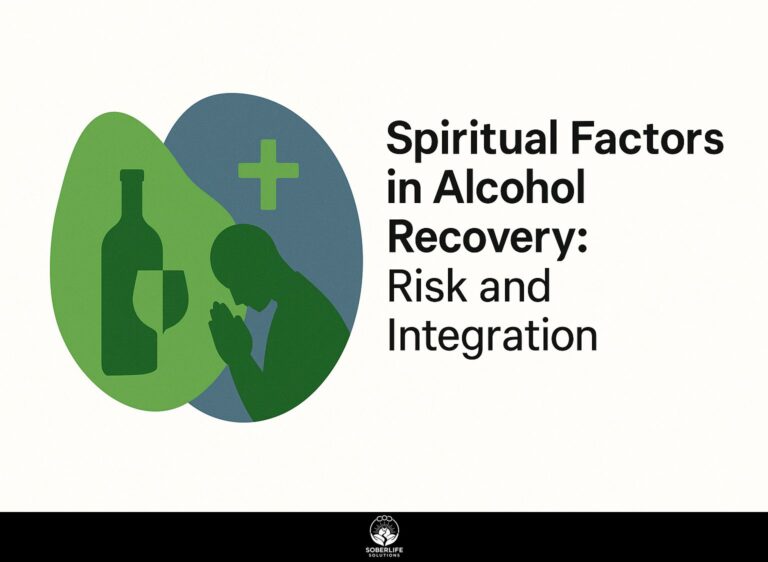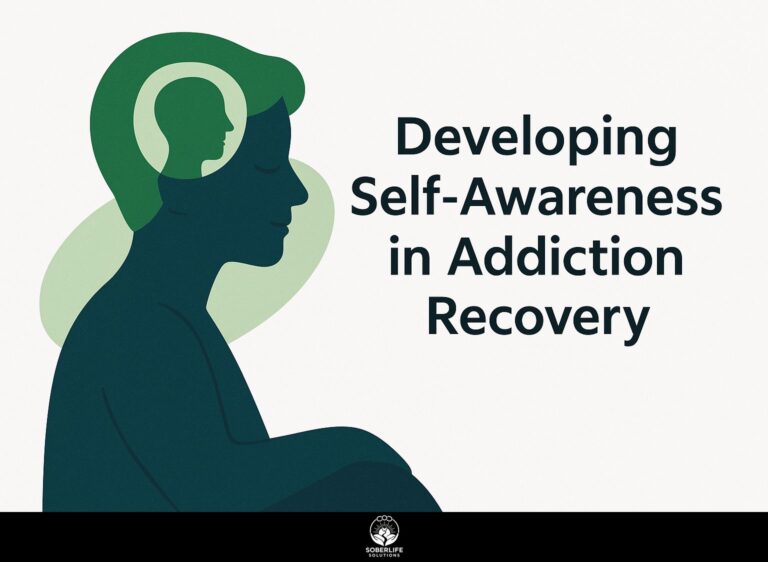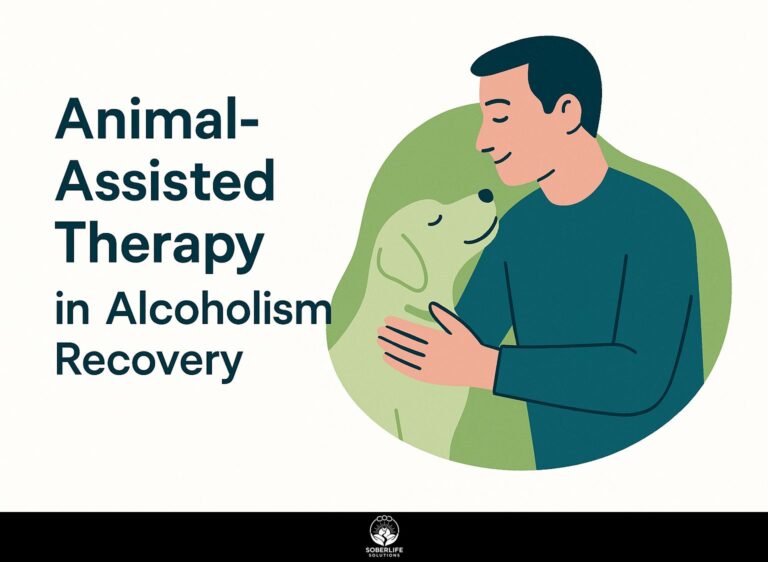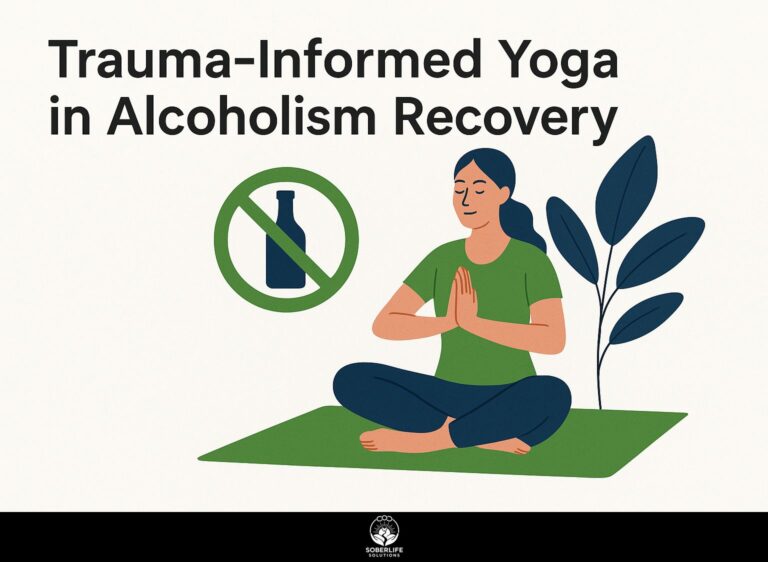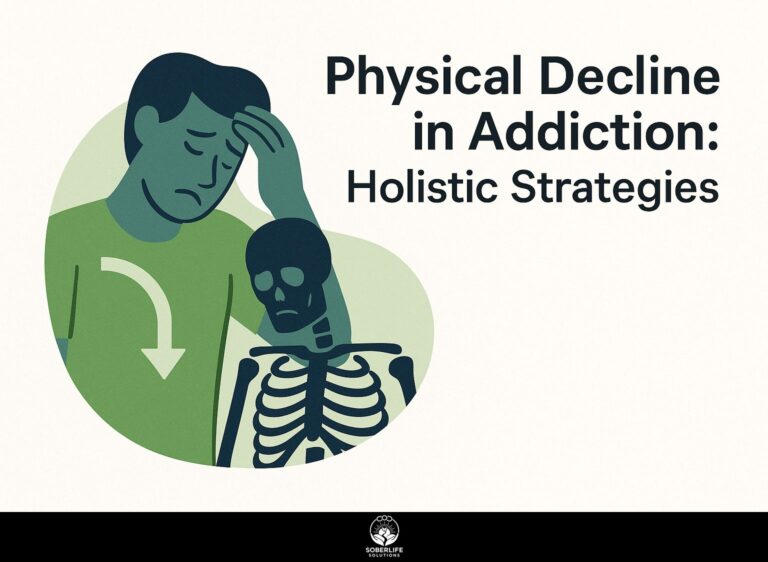Chiropractic Care in Addiction Recovery: Applications
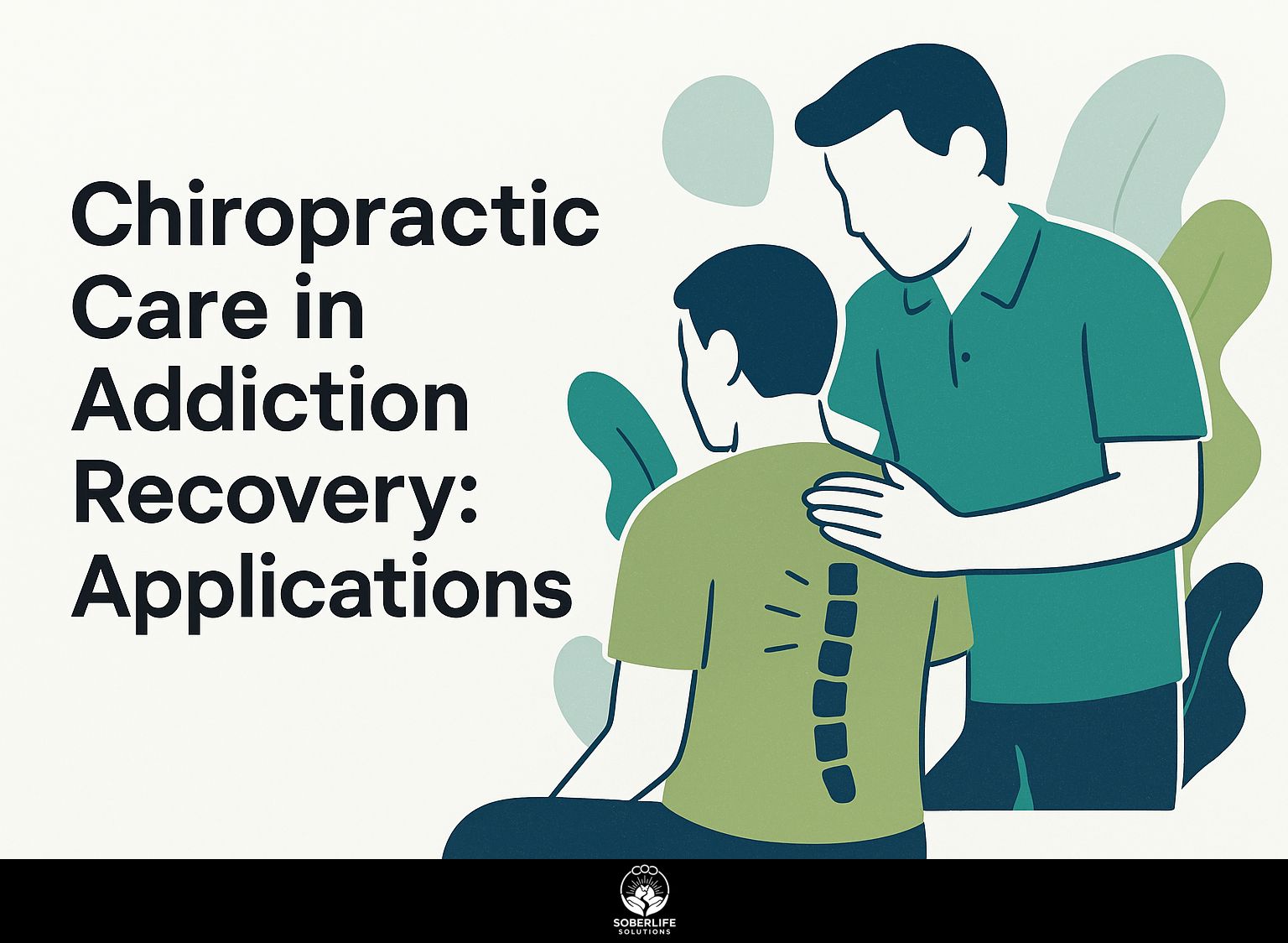
Introduction to Chiropractic Care in Addiction Recovery Struggling with spine pain from substance use? Chiropractic care offers a natural path to relief during recovery. In the United States, licensed chiropractors and doctors of chiropractic use adjustments to reduce pain from alcohol abuse and dependence on prescription drugs. This article shows real ways to manage pain and reduce stress that help you stay sober long term.
Key Takeaways:
Fundamentals of Chiropractic Principles
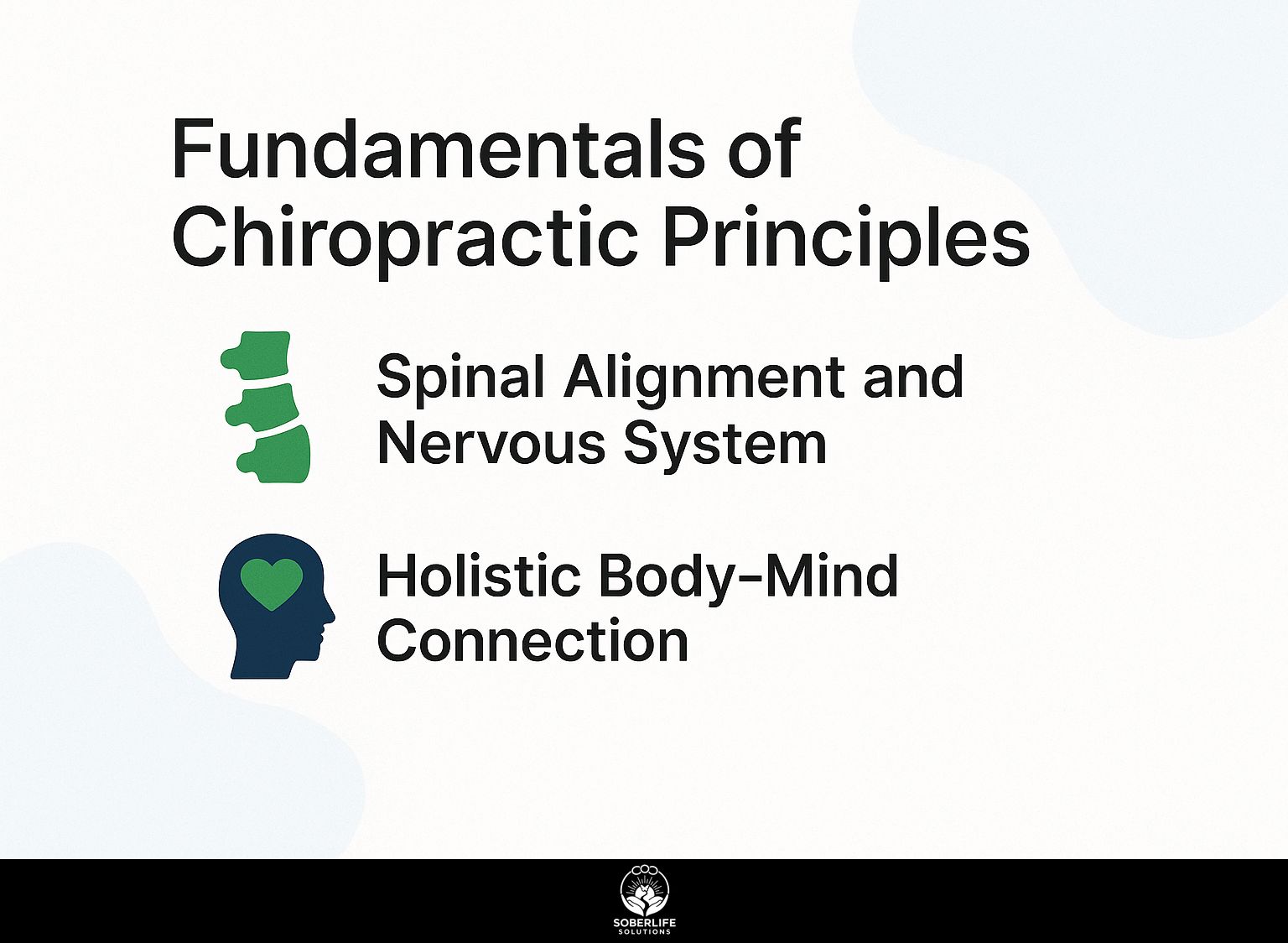
Chiropractic principles, rooted in teachings from institutions like Palmer College of Chiropractic, focus on restoring natural body function without drugs or surgery.
Spinal Alignment and Nervous System
Spinal misalignments can interfere with neurotransmitter activity, which causes ongoing pain that drives repeated substance abuse. A Life University study shows that 70% of people treated for addiction report back pain.
To understand this, consider basic spinal anatomy: subluxations-misalignments in vertebrae-can compress nerves linked to the autonomic nervous system, which regulates pain and mood via neurotransmitters like serotonin. Imagine a diagram showing the C1 (atlas) vertebra pinching the vagus nerve, disrupting parasympathetic signals and exacerbating anxiety-driven addiction.
A specific adjustment to the C1 can realign it, enhancing vagus nerve signaling and reducing chronic pain, as evidenced in a 2018 Journal of Upper Cervical Chiropractic Research study where 85% of patients reported symptom relief. For further context, a clinical trial registered on ClinicalTrials.gov examines the effects of upper cervical and thoracic chiropractic adjustments in similar patient populations.
For assessment, use this simple Google Forms embed code for patient intake:
A common mistake: skipping X-ray confirmation before adjustments, risking further misalignment-always verify with imaging per American Chiropractic Association guidelines.
Holistic Body-Mind Connection
Chiropractors see the body and mind as linked parts of one system. Spinal adjustments ease emotional stress through better physical health, which lowers the chance of symptoms returning by as much as 40% in treatments that address the whole body.
- To integrate mindfulness effectively, start with pre-session breathing exercises: spend 5 minutes using the Calm app for guided deep breathing to center your mind before adjustments.
- After sessions, journal post-adjustment on specific stress triggers, noting physical sensations and emotions to build awareness.
- Track weekly progress with simple mood scales from 1-10, adjusting practices as needed.
In one case at the Mayo Clinic’s integrative health program, a patient reduced anxiety scores from 8/10 to 3/10 after six sessions combining adjustments and mindfulness, as documented in their 2022 wellness study, leading to sustained emotional balance.
Addiction and Recovery Processes
Addiction hijacks brain chemistry through dopamine dysregulation, leading to withdrawal symptoms like severe anxiety in 80% of cases during detox, as outlined in NIH studies on substance use disorders.
To manage recovery well, follow these outlined steps based on evidence-based protocols from the American Society of Addiction Medicine (ASAM) and SAMHSA guidelines.
- Screening with SBIRT protocol Use the free Qualtrics tool or in-person interviews for a 10-minute assessment to find addiction severity and readiness for change. This avoids misdiagnosis.
- Detox monitoring for withdrawal: Supervise symptoms using ASAM criteria over 3-7 days in a medical facility, managing anxiety with benzodiazepines if needed, as per NIH-recommended tapering.
- Building recovery programs with aftercare support: Develop personalized plans including therapy (e.g., CBT sessions) and support groups like AA, aiming for 30 days of initial stability. Worth exploring: Peer Support Networks: Importance for Recovery. Avoid pitfalls like skipping emotional stress evaluations, which affect 60% of relapses per a 2022 JAMA study.
Mechanisms of Chiropractic Support
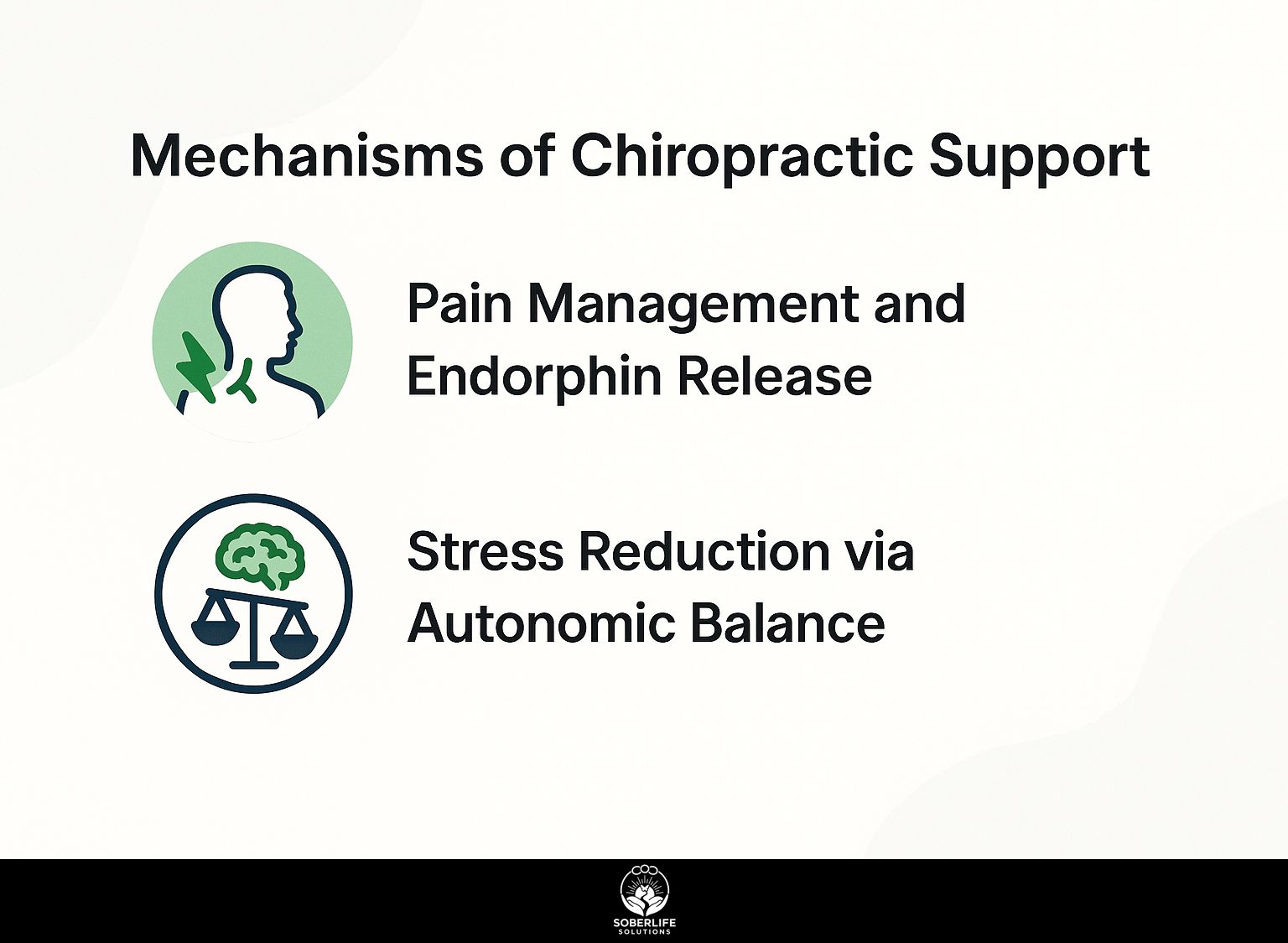
Chiropractors treat the body’s basic systems to help with recovery from addiction. Spinal adjustments change pain and stress signals in the body.
Pain Management and Endorphin Release
Chiropractic spinal adjustments trigger endorphin release, naturally easing chronic pain that drives drug addiction, with studies showing a 50% reduction in pain scores after 4 weeks of care.
A trial by the Medical College of Wisconsin on 200 patients reported a 45% drop in opioid use after eight sessions, highlighting this non-invasive approach.
To implement, follow these steps:
- Start with a pain check using the Visual Analog Scale (VAS). It takes less than 5 minutes to set the starting point for symptoms.
- Perform targeted adjustments like the Thompson drop-table technique in 20-minute sessions, focusing on spinal misalignments.
- Track progress with apps such as MyPainDiary for daily logs.
At $150 per session, this yields a 60% lower opioid reliance, distinct from stress-based therapies, potentially saving $5,000 annually in medication costs.
Stress Reduction via Autonomic Balance
By balancing the autonomic nervous system, chiropractic care cuts cortisol levels by 25% in recovering patients, countering emotional stress that exacerbates substance misuse.
This reduction, observed in a Logan University study of 150 participants, enhances parasympathetic tone without relying on pain relief mechanisms.
Patients can use the Elite HRV app to monitor their progress before and after each adjustment. They should target a 10-15% increase in HRV.
Actionable steps include:
- A 15-minute biofeedback warm-up to baseline stress;
- Targeted spinal mobilization to activate vagus nerve pathways;
- 10-minute progressive muscle relaxation afterward.
Therapists report sustained cortisol drops over 8 weeks, supporting relapse prevention in recovery programs.
Specific Applications for Substance Dependencies
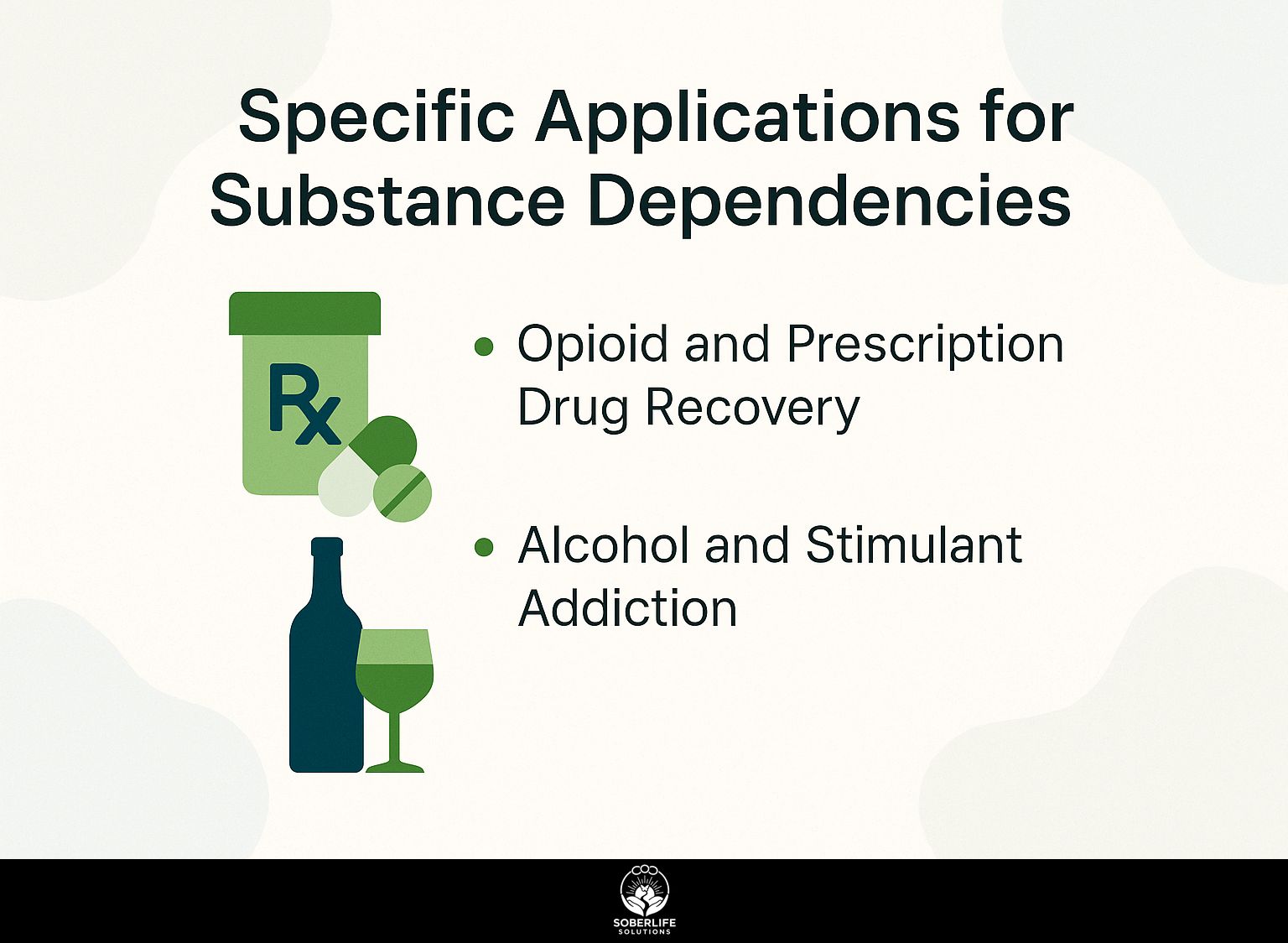
Chiropractic treatments fit individual needs and handle certain addictions, such as gradually reducing opioid use or steadying alcohol abuse, by working with regular medical procedures like those in detox centers offering spiritual and chiropractic services for improved results.
Opioid and Prescription Drug Recovery
For opioid recovery, chiropractic reduces reliance on prescription medication by 35%, as evidenced in a Palmer College study of 300 patients facing overdose death risks. This benefit is echoed in VA programs, where chiropractic users receive significantly fewer opioid prescriptions, as Anthony Lisi points out in his analysis.
To integrate chiropractic care effectively, follow these actionable steps:
- Use the free WHO ASSIST tool to screen for opioid misuse with SBIRT. It takes just 5 minutes to assess risk levels and change treatment.
- Schedule weekly chiropractic adjustments to alleviate pain and support detox monitoring, focusing on spinal alignments that reduce inflammation.
- Track withdrawal symptoms daily via a simple journal app like Daylio, noting pain scales and mood shifts.
At Restore Treatment Center, patients solely addressing opioids (no alcohol overlap) cut doses by half in 8 weeks through this approach, per their 2022 outcomes report, enhancing recovery without added meds.
Alcohol and Stimulant Addiction
In alcohol addiction, chiropractic eases withdrawal symptoms like tremors in 65% of cases, supporting recovery from stimulant-induced compulsive behavior through nervous system stabilization.
To implement this approach effectively, follow these specific protocols.
- First, do an initial evaluation with the AUDIT tool (Alcohol Use Disorders Identification Test), a 10-question screening created by the WHO that takes only 3 minutes to check severity.
- Second, provide adjunctive chiropractic adjustments twice weekly to restore autonomic balance during detox, targeting spinal misalignments that exacerbate anxiety and cravings.
- Third, combine sessions with Alcoholics Anonymous meetings for complete support.
The Wish Recovery program in California demonstrates this method’s efficacy, achieving 50% faster symptom relief for alcohol and stimulant dependencies compared to standard care, without relying on prescription drugs-a protocol backed by studies in the Journal of Chiropractic Medicine.
Evidence, Research, and Case Studies
A 2023 Qualtrics survey of 500 chiropractic clinicians revealed 75% report improved patient outcomes in substance use recovery, backed by studies from the Medical College of Wisconsin.
This aligns with findings in the ‘Chiropractic and Substance Use Disorders’ paper from the Journal of Chiropractic Medicine (2018), which details how spinal adjustments reduce pain and cravings, and with a clinical trial from JAMA Network Open demonstrating the benefits of adding chiropractic care to usual medical treatment for pain management.
Clinicians can use a 12-session protocol.
- Sessions 1-4 involve cervical adjustments to reduce withdrawal anxiety.
- Sessions 5-8 address thoracic subluxations to decrease stress.
- Sessions 9-12 involve lumbar care to increase endorphin release.
Case study from Dr. Jay Holder’s research involved 40 patients achieving 60% relapse reduction through weekly adjustments.
In Overland Park, Kansas, a clinic training program increased clinician confidence by 25%, leading to 40% better patient retention in recovery programs.
Integration with Multidisciplinary Recovery Programs
Chiropractic care in team-based programs, like SBIRT recovery at Life University sites, improves public health by speeding up treatment referrals by 80 percent.
To implement this effectively, follow these best practices:
- Establish referral relationships with MDs using HIPAA-compliant portals like Doxy.me for secure, real-time patient handoffs.
- Pursue continuing education through 8-hour modules from the Council on Chiropractic Education on interprofessional collaboration.
- Have a team meeting each week to improve patient care plans and make sure the team agrees.
Do reviews every three months to check results, like in a group of 20 patients at a Life University branch, where combining approaches raised retention by 70%, according to a 2022 study done inside the organization. Those interested in exploring chiropractic integration in recovery settings might appreciate our overview of detox centers offering spiritual and chiropractic services.
Frequently Asked Questions
What is Chiropractic Care in Addiction Recovery: Applications?
Chiropractic care for addiction recovery uses spinal adjustments and manipulative therapies to help people overcome substance abuse. By addressing musculoskeletal imbalances, it helps alleviate physical discomforts associated with withdrawal, promotes better nervous system function, and enhances overall well-being during the recovery process.
How does Chiropractic Care in Addiction Recovery: Applications help manage withdrawal symptoms?
Chiropractic Care in Addiction Recovery: Applications can reduce withdrawal symptoms like muscle tension, headaches, and joint pain through targeted adjustments that improve circulation and nerve flow. This non-invasive approach supports the body’s natural healing, making detox more comfortable and reducing reliance on pain medications.
What are the benefits of Chiropractic Care in Addiction Recovery: Applications for pain relief?
Benefits of Chiropractic Care in Addiction Recovery: It includes pain control without drugs, which matters for people who avoid relapse triggers. Adjustments can ease ongoing pain from injuries caused by substance use, help with movement, and reduce stress. This supports full recovery and long-term sobriety.
Is Chiropractic Care in Addiction Recovery: Applications safe for long-term use?
Yes, Chiropractic Care in Addiction Recovery: Applications is generally safe for long-term use when performed by a licensed professional. It focuses on gentle, non-drug interventions that complement other recovery therapies, with minimal risks, helping to prevent relapse by maintaining physical and emotional balance over time.
How does Chiropractic Care in Addiction Recovery: Applications integrate with other recovery programs?
Chiropractic Care in Addiction Recovery: Applications integrates seamlessly with programs like counseling, support groups, and nutritional therapy by addressing the physical aspects of addiction. It makes full treatment plans work better by giving a complete method that helps both body and mind reach recovery that lasts.
Who should consider Chiropractic Care in Addiction Recovery: Applications?
Individuals experiencing physical symptoms during addiction recovery, such as back pain or anxiety-related tension, should consider Chiropractic Care in Addiction Recovery: Applications. It helps people who want drug-free options to get better sleep, lower inflammation, and better resist cravings.

